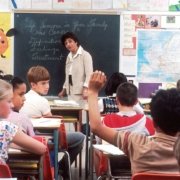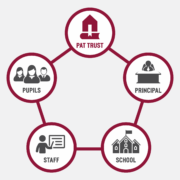Community Engagement: Building Strong School-Community Partnerships
Introduction
Building strong partnerships with the local community can greatly benefit schools. Engaging with the community not only supports school initiatives but also enriches student learning. Here are some strategies for fostering effective school-community partnerships.
Understanding the Importance
Mutual Support: Schools and communities can support each other. Schools can provide educational resources and facilities, while communities can offer support through volunteering, funding, and partnerships.
Real-World Learning: Community involvement brings real-world experiences into the classroom. Students gain valuable insights and practical knowledge from community members.
Strategies for Engagement
Open Communication: Maintain open lines of communication with community members. Regular newsletters, social media updates, and community meetings can keep everyone informed about school activities and needs.
Volunteer Programs: Encourage community members to volunteer at the school. Whether it’s helping in the classroom, assisting with events, or mentoring students, volunteers can make a significant impact.
Partnering with Local Businesses
Sponsorships and Donations: Local businesses can provide financial support or donate resources. Establishing relationships with these businesses can lead to sponsorships for school events, scholarships, and donations of equipment or supplies.
Internships and Job Shadowing: Partner with businesses to offer internships and job shadowing opportunities for students. This gives students hands-on experience in various fields and helps them make informed career choices.
Engaging Parents
Parent-Teacher Associations: Form or strengthen parent-teacher associations (PTAs). These organizations can provide a platform for parents to get involved and support school initiatives.
Workshops and Events: Host workshops and events for parents on topics like child development, effective parenting, and supporting student learning. This can foster a sense of community and collaboration.
Utilizing Local Resources
Community Organizations: Collaborate with local non-profits, libraries, and cultural organizations. These partnerships can provide additional resources, educational programs, and extracurricular activities for students.
Cultural and Recreational Facilities: Utilize local cultural and recreational facilities for school events and activities. This can help integrate the school into the broader community and provide students with enriching experiences.
Conclusion
Community engagement is a vital component of a successful school. By building strong partnerships with local businesses, organizations, and parents, principals can create a supportive and enriching environment that benefits students, staff, and the community as a whole.






